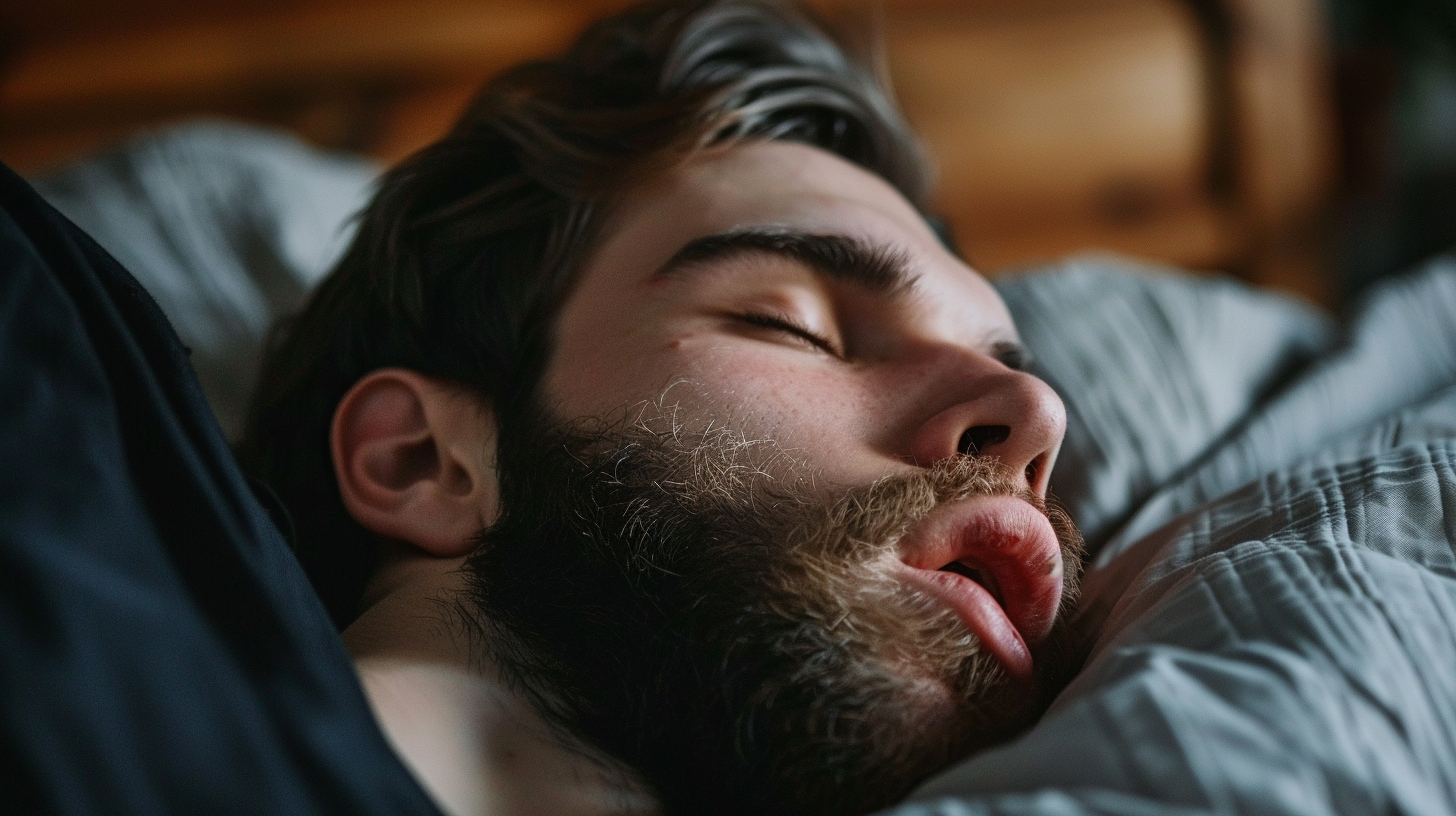Understanding Orofacial Myofunctional Therapy
If your child struggles with mouth breathing, tongue thrust, swallowing, or speech, or if you’re an adult dealing with TMJ pain, sleep-disordered breathing, or posture problems, you may have heard of orofacial myofunctional therapy (OMT). But what exactly is it?
Orofacial myofunctional therapy is a specialized treatment that retrains the muscles of the mouth, tongue, face, and throat to work in harmony. The goal: restore normal breathing, swallowing, chewing, and speaking patterns that support lifelong health.
At BreatheWorks, OMT is at the core of what we do. Our therapists help patients from infancy to geriatrics improve oral function and overall wellness.
What Does OMT Treat?
Orofacial myofunctional disorders (OMDs) occur when the muscles of the mouth and face don’t work properly. Common conditions treated with OMT include:
- Mouth breathing and open-mouth posture
- Tongue thrust during swallowing
- Poor tongue posture (tongue resting low in the mouth instead of against the palate)
- Speech difficulties linked to oral motor issues
- Feeding and swallowing disorders in children and adults
- Sleep-disordered breathing and obstructive sleep apnea support
- TMJ dysfunction and jaw pain
- Post-surgical rehabilitation (e.g., after tongue tie release or airway surgery)
Why Orofacial Posture Matters
Your tongue and lips at rest affect far more than you might think. Proper tongue posture against the roof of the mouth and lips sealed together:
- Encourages healthy jaw and facial growth in children
- Supports nasal breathing instead of mouth breathing
- Reduces risk of orthodontic relapse after braces
- Improves chewing, swallowing, and digestion
- Decreases risk of sleep-disordered breathing and apnea
- Eases stress on jaw joints and muscles
Signs You or Your Child May Benefit from OMT
Consider OMT if you notice:
- Persistent mouth breathing during the day or night
- Snoring remedies or restless sleep
- Difficulty chewing or swallowing certain textures
- Speech that sounds unclear or slushy
- Frequent gagging or choking on food/liquids
- Forward head or slouched posture linked to airway issues
- Relapse after orthodontic treatment
How Does OMT Work?
OMT is like physical therapy for the face, tongue, and airway. At BreatheWorks, therapy may include:
- Muscle exercises for the tongue, lips, and jaw
- Breathing retraining for nasal breathing
- Swallowing pattern correction to eliminate tongue thrust
- Habit elimination (thumb sucking, pacifier use, nail biting)
- Posture training for oral rest position and whole-body alignment
Therapy is individualized, with home exercises between sessions to reinforce progress.
Why Providers Refer to OMT
Dentists, orthodontists, ENTs, pediatricians, and even oncologists often collaborate with BreatheWorks because:
- Orthodontic outcomes last longer when oral posture is corrected
- ENTs see better breathing and sleep results after airway interventions when therapy follows
- Pediatricians reduce long-term feeding struggles by intervening early
- Dentists see fewer TMJ issues when oral rest posture is addressed
Local Care Across Five Locations
BreatheWorks provides OMT at multiple locations to serve patients and referring providers:
- Portland, Oregon
- Eugene, Oregon
- Lake Oswego, Oregon
- Bellevue, Washington
- Amarillo, Texas
Whether you’re seeking therapy for your child or exploring collaborative care for your patients, our team is here to help.
FAQs About OMT
At what age can a child start OMT? Children as young as 3–4 years old can benefit, especially if mouth breathing or tongue thrust is present. Therapy is tailored to developmental stage.
Does OMT replace orthodontic treatment? No. OMT supports orthodontics by addressing muscle habits that can cause relapse. Many orthodontists refer patients for OMT to ensure long-term stability.
Can OMT help with sleep apnea? Yes. OMT strengthens airway muscles and supports nasal breathing, which can reduce symptoms of mild to moderate sleep-disordered breathing.
How long does therapy take? Most patients see results in 3–6 months, depending on age, goals, and consistency with exercises.
Next Steps
If you suspect you or your child could benefit from orofacial myofunctional therapy—or if you’re a provider looking to collaborate—BreatheWorks is here to guide you.
- Schedule a consultation at your nearest BreatheWorks location
- Refer a patient to our team



